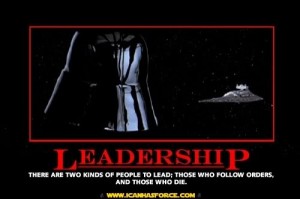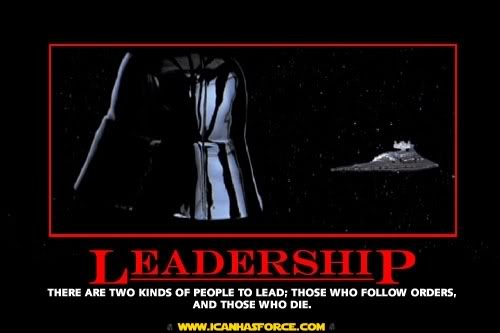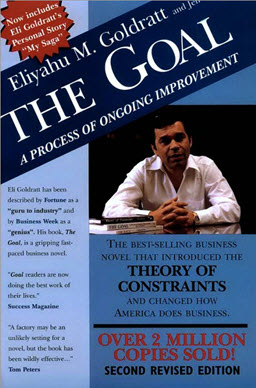 “Real men don’t earn salaries, they pay salaries”. This quote from “A Sparrow Falls”, the Wilbur Smith book that I am currently reading, really struck me like a slap in the face. Why was it so painful? How do I get to the stage where I am paying the salaries?
“Real men don’t earn salaries, they pay salaries”. This quote from “A Sparrow Falls”, the Wilbur Smith book that I am currently reading, really struck me like a slap in the face. Why was it so painful? How do I get to the stage where I am paying the salaries?
Lately I have been trying to build my management and leadership skills. Amongst other things, this involved taking a Leadership training course at Google. It emphasised a number of pretty deep concepts, things like being an authentic person and this importance of bringing this authenticity to work with you (which is a fairly intimidating concept). There were of course articles from the Harvard Business Review to cover, including the four steps in the art of persuasion. These being:
- Establish Credibility – demonstrate you know your stuff
- Frame for Common Ground – find the stuff you both agree on
- Provide Evidence – demonstrate something new that builds on your common ground
- Connect Emotionally – expand the current ground with them at your side
Next steps? Find mentors. I loved watching an interview of Jack Dorsey, one of the founders of Twitter and now Squareup. He isn’t an amazing presenter, however I feel that I present in a similar way and have a similar view on the world. Reading his Vanity Fair interview and numerous Venture Beat articles, it paints an inspirational picture of a guy who throws every part of him into his goals and passions. Is this authentic leadership? He built everything himself form scratch, based on his passion and getting his hands dirty. The noble story of the engineer, putting the product first and that product now paying the salaries.
Or what about someone like Greg Ellis, the current CEO of REA? I watched his CEO Hub interview today on Business Spectator. He built his career like a pyramid. Rather than rising to the top with a single skillbase and being forced to add to it while riding product growth, he worked the other way around. Build marketing, sales, HR, legal and other skills at the best companies you can find, and then find or make one of your own. Is this any more or less a noble to be paying the salaries?
Or maybe it’s like Alan Noble explained this week. It’s not about mentors, it’s about surrounding yourself with great people and taking the opportunities when you see them. Meanwhile, where is that copy of How to Win Friends and Influence People…



